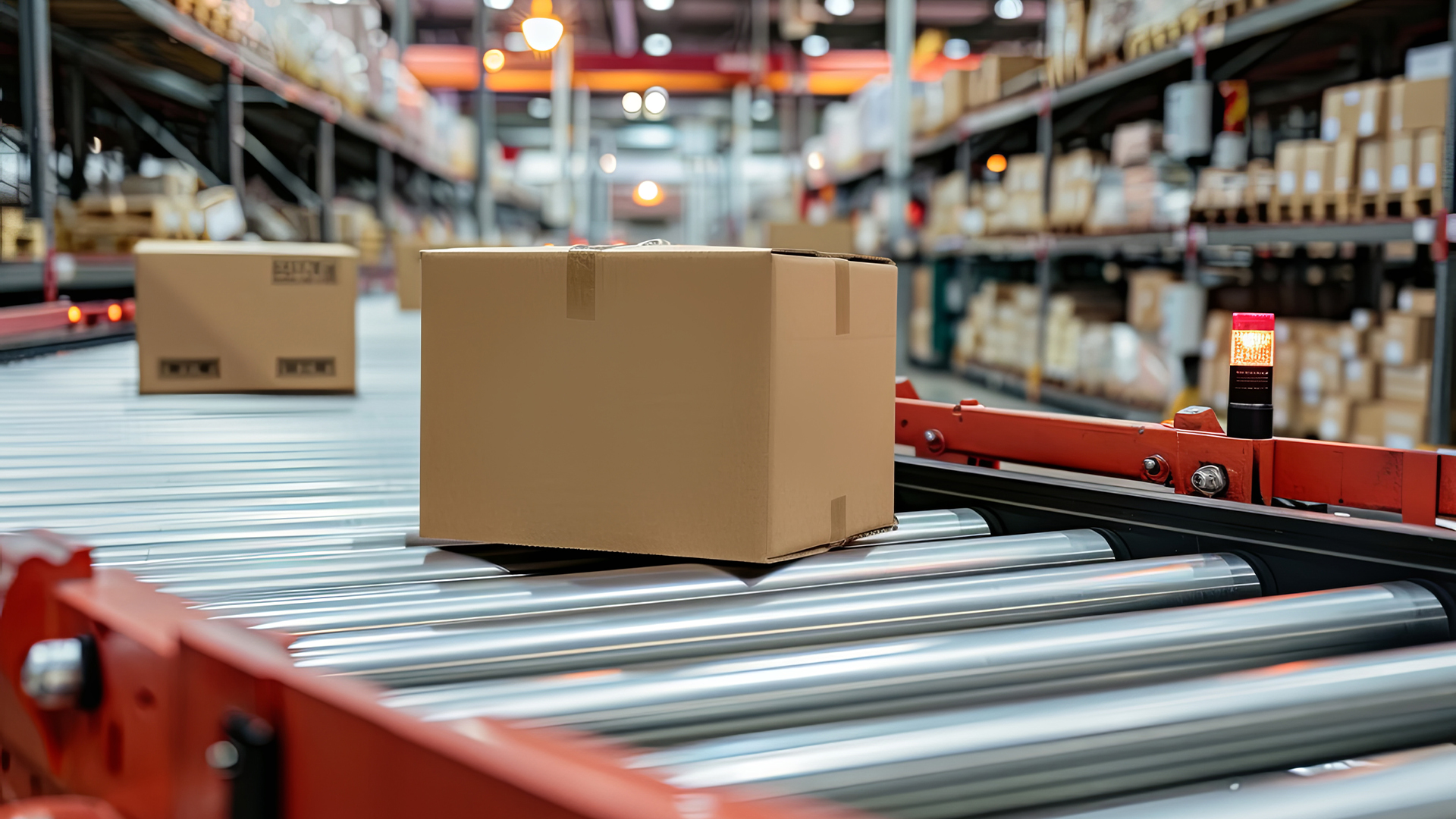
Order fulfilment is a fundamental part of the overall customer experience and an exciting step in the e-commerce process for startups and new brand owners. You’ve done the hard work setting up your business, marketing your products, and making your first sales. Now, it’s time to get your merchandise out to consumers as efficiently and accurately as possible.
Order fulfilment encompasses the journey a product makes from the point of purchase, through packing and shipment, to a customer receiving their order. It is an operation that increases in complexity alongside business growth, and you’ll need to put a focused strategy in place to ensure it keeps up with customer demands.
Read on to learn how to measure your order fulfilment efficiency and what methods you can put in place to optimise the process.
Why is Order Fulfilment Important for Startups?
With the growth in digital commerce, consumers have no shortage of options to explore and are increasingly shopping around for the best online deals. For startups to stay competitive and present themselves as a viable option alongside ecommerce companies like Amazon, they need to fulfil orders as quickly and accurately as possible.
Order fulfilment has the potential to transform online businesses by stimulating growth and boosting bottom lines, but only when done correctly. It can reduce the risk of abandoned carts, improve customer satisfaction, and even enhance brand reputation. A smooth order process demonstrates to consumers that a company is reliable, professional and trustworthy.
Moreover, it improves cost savings for startups when it comes to packing, shipping processes, and inventory management. A well-managed process lowers the likelihood of overstocking, stockouts, and even the risk of consumer returns. All this means companies can maintain competitive prices and keep up with industry leaders.
How do you Measure Order Fulfilment Efficiency?
You can measure the operational efficiency of your order fulfilment process by keeping track of the following KPIs. These will show you where you might be falling behind and identify areas for improvement.
Order cycle length
Order cycle length refers to the time it takes from an order being placed to its delivery. The shorter the fulfilment cycle, the better your system is functioning and the happier your customers are. The typical benchmark for cycle length for B2C customers is 3-5 days.
Fulfilment costs
Fulfilment costs are the costs incurred for stocking warehouses, storing inventory, processing orders, and packaging and shipment.
Including warehousing services costs, which can vary widely depending on factors like location and storage requirements, is crucial for a comprehensive understanding of your fulfilment expenses.
You can calculate these through a cost-per-order (CPO) measurement:
CPO = total order expense / orders received.
Warehouse productivity
Measuring the productivity of your warehouse or labour means calculating the total warehouse output against resources used. You can also keep track of metrics like receiving and put away productivity (units received or put away by workers per hour), and the number of orders picked per hour.
Customer satisfaction
You can keep track of customer satisfaction by assessing surveys, online reviews, complaints, and calls to your customer service hotline. It’s worth investing in the best VoIP for small business to ensure you have a clear line of communication with your consumers. From here, you can easily identify if order fulfilment is a pain point.
Six Strategies to Optimise Your Order Fulfilment Process
Consider these top six strategies to optimise your order fulfilment efforts:
Improve warehouse layouts
Begin by analysing current warehouse operations and storage methods to determine where changes can be made to optimise the dispatch process. Next, you can alter the layout and make adjustments based on demand. Your most popular products should be easily accessible to reduce travel time.
Consider spacing out loading and unloading areas and regularly reassess your storage space needs as your business expands.
Optimise workflow
Optimising your workflows means reducing unnecessary touchpoints and tasks. You can do this by standardising processes and eliminating the need for labour where possible. Consider implementing the best sales software and warehouse management systems to create infrastructures for defining workflow tasks and monitoring inventory levels.
Streamline order picking and packing
To ensure efficient product picking you need to choose a picking method that fits the needs of your organisation. This will depend on the volume of orders you handle, product packing specifications, and the variety of goods you sell.
For example, wave picking is the optimal solution for warehouses dealing with large order quantities as it allows multiple orders to be picked at the same time. Conversely, small batch picking might be better for startups with fewer orders or goods that require specialised handling.
To further improve the efficiency of packing, look to reduce packing materials, optimise the size of boxes or containers used, and reduce waste. This can reduce shipping costs and the risk of damage during transit.
Invest in quality control
Implementing quality inspections means fewer customer returns, as the correct products are more likely to leave your warehouse. Double-check to ensure customers don’t have to go through the arduous process of re-shipping wrong items and you don’t have to incur the costs.
You can further meet customer expectations by ensuring you have a customer service hotline to handle the returns process. Consider setting these up locally, with local area codes, such as a 646 area code location for New York City, to make sure customer complaints reach their local warehouses.
Automate where possible
Automation improves performance and reduces the risk of human error. Automated ecommerce integrations send data automatically between businesses, warehouses and fulfilment providers, so there is no room for error.
It also improves the accuracy of your inventory management, with real-time updates to stocklists and can improve the visibility of your products with conveyor systems and voice-directed picking mechanics. All this means more timely delivery.
Ask yourself key questions like, ‘Why is financial reporting important?’ and’ How can I track my order fulfilment spending?’ Companies can streamline financial management with integrated software that automates and monitors startups’ financial health.
Plan for returns
Finally, you should expect about 25% of orders to be returned on average. Plan for this by offering free return shipments and make return processing as seamless as possible. The most successful e-commerce websites will have clear-cut returns policies and flawless quality control inspections.
Invest in Reliable Order Fulfilment and see Customer Satisfaction Skyrocket
A quick and reliable order fulfilment process with easy return mechanisms shows customers they are valued and encourages them to make repeat purchases. Implement automation and keep up with the latest technology solutions to remain competitive, keep delivery times short, and reduce the risk of manual errors.







